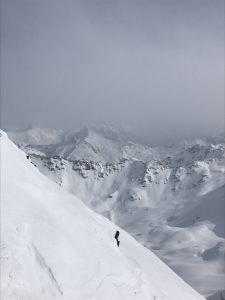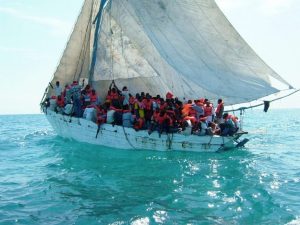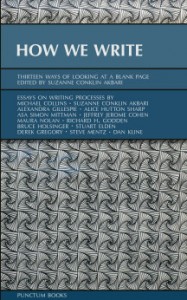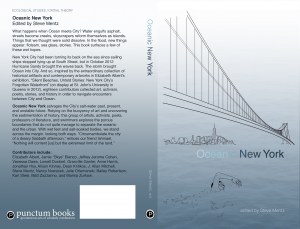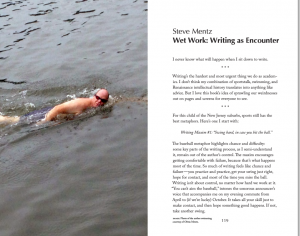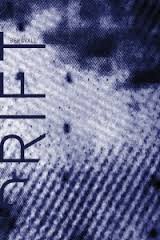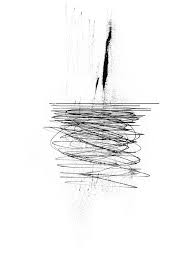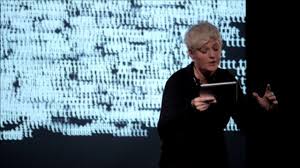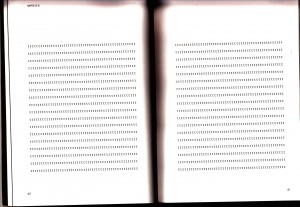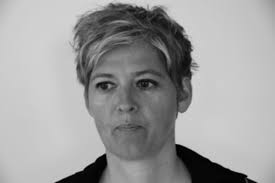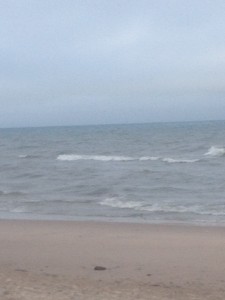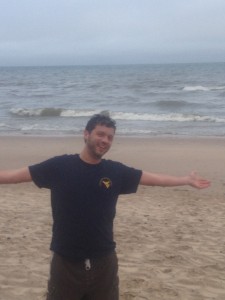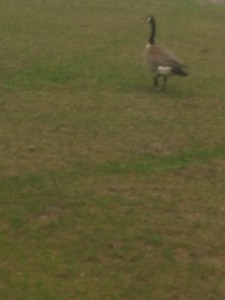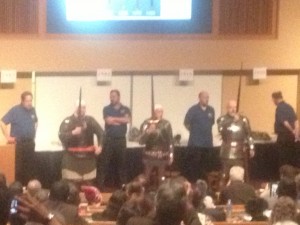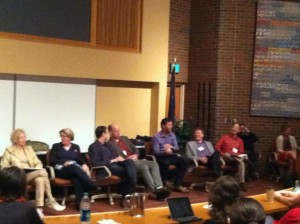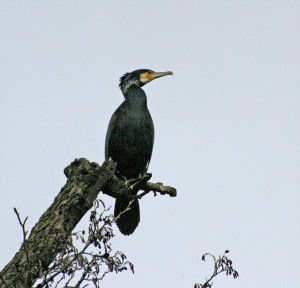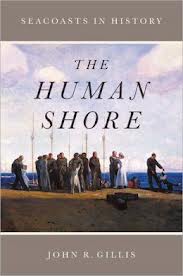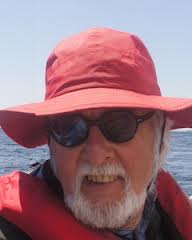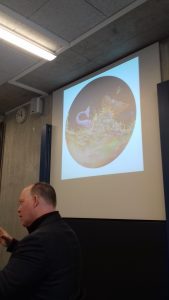
During the workshop, with Vanessa Daws’s watercolor
I’m just back from a thrilling and exhausting trip to Lausanne, where I was a guest of CUSO, the affiliated group of Western (Francophone) Swiss universities. On Saturday, for a group of post-docs, faculty, and graduate students gathered together from various universities and departments, I ran a morning workshop, heard two great early afternoon talks by Swiss doctoral students, and gave a lecture, “Eco-Poetics in the Anthropocene.” Last night, sitting in the belly of the big Air France bird, I tried to put some of it back into words.
- Pluralizing the Anthropocene means churning the idea out into the world. We started yesterday talking about the geological sciences, but pretty soon we moved into the visual arts, poetry, and eventually my beloved toxic byways near Newtown Creek.
- Bruno Latour says the Anthropocene provides an alternative to modernity, which seems like something that we very much need.
- The last question after my talk observed that we’d spoken about many different pasts and presents over the long day, but “What do you have to say about the future?”
- I answered with my favorite old Polonius song about generic mixing and variety. I said that I hope the literary humanities can half create and perceive hybrid narratives that play across tragedy and utopia without hewing too exclusively to either extreme.
- I also got a pointed follow-up while I was packing up my things: “So, do you think the Anthropocene is a romance?”
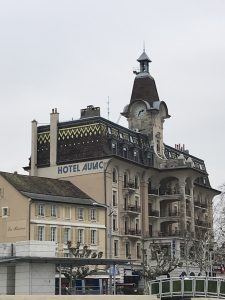
My hotel
- I don’t really think so, whatever my allegiance to the flexible and capacious ur-genre of tragicomic romance. But I am looking, as I said, for a not-only tragic futurity — and then, all of a sudden, the pointed question turned into discussion of Primo Levi’s retelling of Ulysses’s drowning in Dante, the tragic vision with which I opened Shipwreck Modernity. Down into the whirlpool sinks the hero, finding fragments of solace, perhaps, in the act of re-narration.
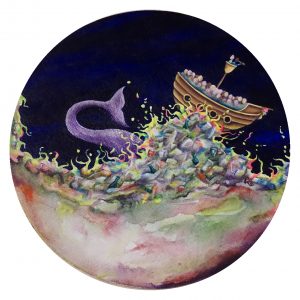
Watercolor by Vanessa Daws. 2018
The morning workshop reached its greatest focus and intensity when we talked about the amazing #pluralizetheanthropocene image that the artist Vanessa Daws made for the event. I had asked her to make an icon for us, and I gave a few suggestions, including the photograph of a ship overfull of refugees crossing the Med that I included in my pre-event post. Like all the participants in the workshop, I was blown away by what she created for us.
She choose to paint a watercolor, a circular image featuring a crowded ship, a stormy sea, and the tail of a vast monster, whose curves she modeled on a creature she found in an illustration from a paperback copy of Rachel Carson’s The Sea Around Us. (I’ve not yet tracked down the source, but I will.)
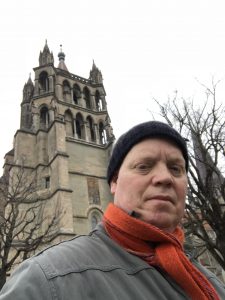
Near the Cathedral
We talked about the glorious colors: the yellow water-fire of the trash-filled sea spilling out the inhospitality of the Anthropocene. We speculated about the “ship of fools” perched on the trash-wave’s crest, teeming with faceless bodies. We wondered about those faces, about what was behind them. Old Man Anthropos may not have been there himself, unless that’s him in the crow’s nest with the spyglass. The vessel holds preterite ones, those who have been passed over, and who soon may plunge into iridescent waters.
How, I asked our group, does this fragile ship, sinuous tail, and crowded sea blaze forth our Anthropocene condition?
The particular joy of turning all the eyes in the room onto a (projected image of a) painting is that, after we’d spent the first hour-plus introducing ourselves and speculating about Anthropocene and other ideas, we were now aligned into community, everyone looking the same way. I’m not an art historian, but I love the focalizing pressure of a painting’s crafted surface. Its meanings can only emerge in time, but all that the image is and means shows itself simultaneously. Surface plenitude signifies all at once, through a unity into which our historical, cultural, and scientific ideas about environmental change can’t quite coalesce.
I had a line in the lecture I’d give a few hours later about the environmental humanities fostering techniques of attention, and I was thinking about that as all of us looked together at the painting and tried to make sense of it. I’d just received the image by email the day before, so it was new to everyone in the room.
Vanessa Daws, like me, is an open-water swimmer. We first met, at least in the world beyond Facebook, in the surf in Santa Barbara. When I look at her painting, I think about how angry the sea appears. As toxic, perhaps, as the waters of Newtown Creek.
The hinge of the day rotated around a pair of great presentations by CUSO grad students.
Rachel Nisbit, who had just submitted her dissertation the week before, presented a suggestive summary of the project, “Murmuring to Muttering: Anthropocene River Narratives (1789-2009).” She started with Wordsworth’s Prelude, turned her fluvial path toward George Eliot and then to Joyce’s Wake before concluding with Alice Oswald’s river-poem Dart, set in Devonshire. She also talked about her earlier geological field work, and shared some wonderful images from a dig in Germany. It made me think of Jeffrey Cohen’s idea of the Mississippi as an “earth artist,” shaping premodern and modern North America.
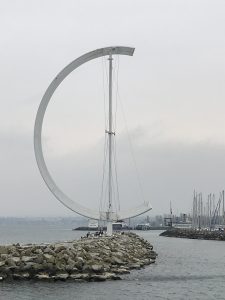
Lausanne Ouchy
The second paper was by Viola Marchi, who I think works mostly in science fiction, but for this occasion reimagined Sophocles’s famous tragedy as the story of Anthropos Rex, self-destroying figure for desire and painful knowledge. She spoke wonderfully about the Anthropocene’s challenge to theory and engagingly discussed the literary meanings of catastrophe and the sublime. She would later in the q&a after my talk offer a wonderfully enthusiastic question about disorientation and environmental experience. Wanting to connect to her late 20/21c materials, I nudged her toward Pynchon’s Mason & Dixon, a disorienting novel about disorientation that highlights the violence that accompanies orienting technologies as they carve Lines onto nonhuman landscapes.
My lecture proffered four eco-keywords: catastrophe, time, human, and toxicity. I was happy with how they resonated with what we’d already been discussing.
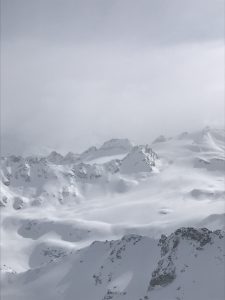
Mont Blanc (center)
During the whole event, though, I heard an echoing nonhuman voice that I couldn’t quite work into the conversation —
Thou hast a voice, great Mountain, to repeal
Large codes of fraud and woe —
I’d been up high to see the vistas the day before, so even as Viola talked about the Romantic sublime I was already there.
For much of the past decade or so, I’ve been consciously writing and thinking against a certain sublime of which Shelley’s “Mont Blanc” provides a defining lyric exemplar. That sublime imagines the human engagement with Nature in terms that are heroic, instrumental, macho, greedy to take in all the mountain’s sparkling glory.
So during my jet-lag processing Friday, I rented a car, drove about an hour into the Alps, and then rode multiple gondolas, trams, and ski lifts up to the 33oom top of Mont Fort, to spy out my own view to Mont Blanc. I stood there a minute in the cold wind and stared at the blaze of sun on snow.
Downhill skiing, which I’ve loved since I was six years old but haven’t done much for the past few seasons, is on a physical level an Anthropocene horror show, in which petro-industry funnels human bodies into glacial vastness. My love for it feels pretty guilty, these days.
But there I was, looking at the peaks, cold and a bit tired, murmuring Shelley’s opening lines to myself:
The everlasting universe of things
Flows through the mind…
How everlasting are the things of this Anthropocene? How much can flow into each solitary mind? How can we love this fragile and partially inaccessible world, its flashes of light and its slow dripping melt?
That’s what I was thinking about on Air France westbound into JFK last night.
Thanks to my amazing hosts at CUSO, especially fondue companions and organizers Maria Shmygol, Kirsten Stirling, and Zoe Imfeld. Deep gratitude to Vanessa Daws for the art, and to Mont Blanc for showing itself through the haze.
